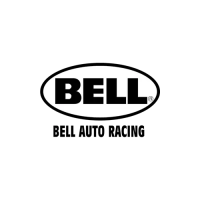Page 1-19
Installation and Setup
Find The Right Location For The Dish
WHERE IS IT?
The Bell ExpressVu satellite orbits the Earth over the equator. For everyone in Canada,
this means that the satellite will be south of your location.
The Bell ExpressVu satellite is approximately 35,680 kilometers above the surface of the
Earth. It is in what is called a "geosynchronous orbit." This means that the satellite
stays aligned over one place on the surface of the Earth. If you could see the satellite, it
would seem to hang in one spot in the sky.
Because the satellite does not move in relation to the surface of the Earth, it is easy to
maintain the signal. Once your antenna is aimed at the Bell ExpressVu satellite, the
antenna will not have to move to follow the satellite.
When determining the approximate location of the satellite, you will need to find the
azimuth (South, Southeast, or Southwest direction to the satellite) and elevation (angle up
to the satellite) from your location. "Azimuth" is also called "direction." (As shown on a
compass). We use the term "direction" in this guide.
Refer to "Satellite Location Reference Chart" on page 1-44. Find your city or a city
near you and note down the appropriate settings for direction and elevation.
FIND A CLEAR LINE OF SIGHT
"Find a clear line of sight" means to find a location for the satellite antenna so that its
view of the orbiting satellite is unobstructed by trees, buildings, or any other obstructions.
This includes making sure that sapling trees are
not likely to grow up or out into the line of sight.
Also, consider seasonal changes. An unobstructed
site in winter may be obstructed by foliage in
spring and summer.
If you need a way to determine if you have a clear
ÒviewÓ to the satellite, try this procedure: Cut out a
cardboard triangle with its base about 8-10 inches
long. Make the angle of the triangle equal to the
vertical elevation angle for your location as given
in the Table (page 1-44) or simply use the triangle
as illustrated on page 1-47 as a template. Tape it to
your level as shown in the sketch. Now you have a
homemade sextant! Next, look up the edge of the
cardboard while holding the level horizontal while
aiming it at the correct compass heading. If there is
an obstruction, locate the dish elsewhere.

